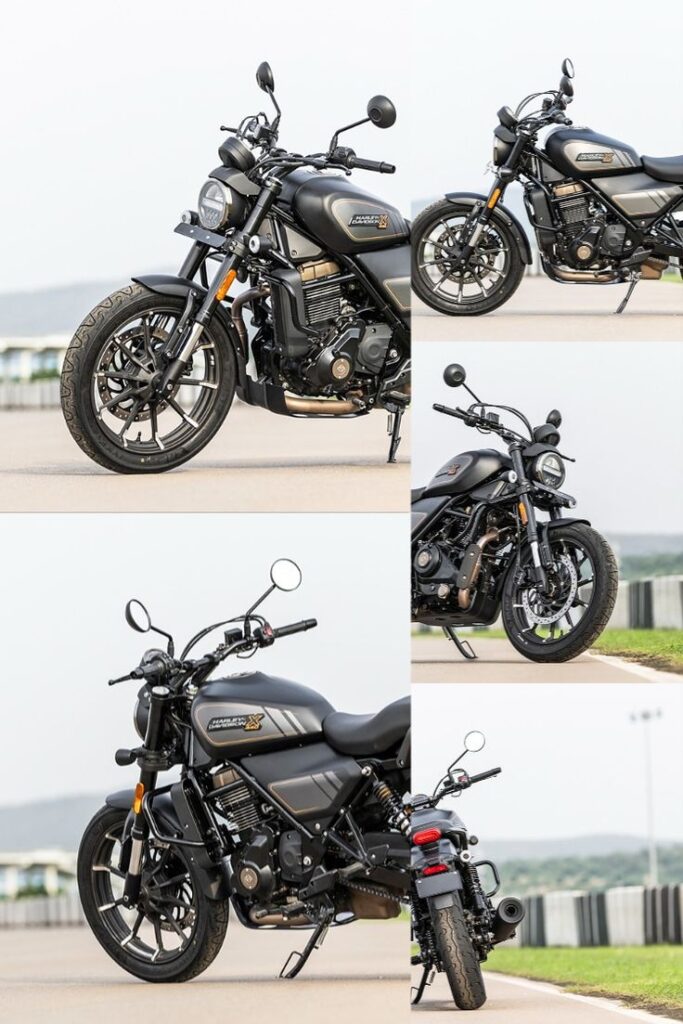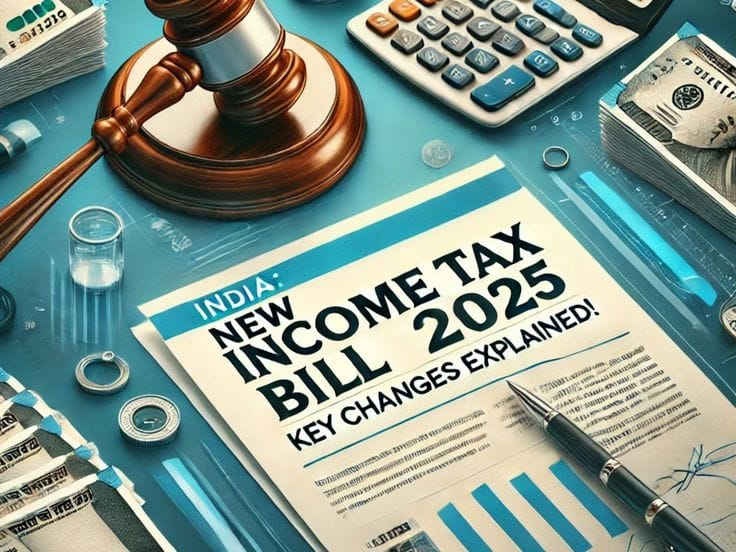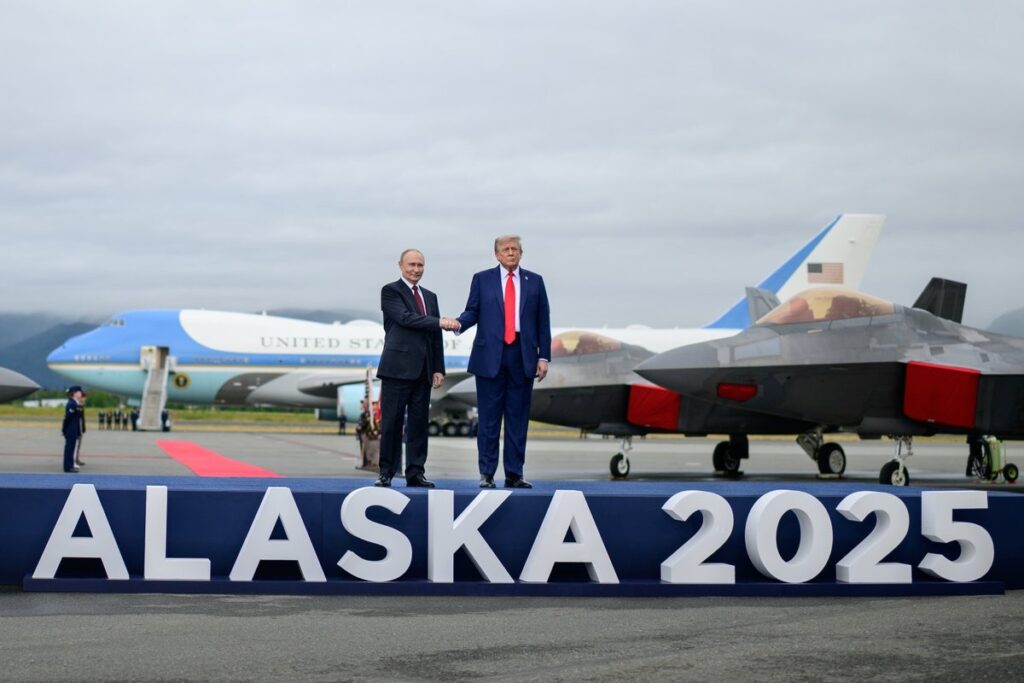Starting September 3, 2025, India’s biking culture may hit an unexpected speed bump. The decision by the government to impose a high 40% GST on motorcycles larger than 350cc has shocked the motorcycling community, dealers, and fans. While premium bikes face price hikes, smaller commuters could become more affordable.
A New Turn in India’s Tax Ride
India’s motorcycling landscape has always been a blend of passion and practicality. From Royal Enfield riders embarking on Ladakh adventures to youngsters chasing adrenaline on superbikes, bikes in India represent more than just transport — they symbolize freedom, style, and aspiration.
But now, a policy shift threatens to redraw that landscape. Finance Ministry sources confirmed that from September 3, 2025, motorcycles with engine capacities above 350cc will attract a 40% GST rate, up from the existing 28%. On the other hand, entry-level and commuter motorcycles will enjoy a reduced GST of 18%, signaling a clear divide between premium and everyday mobility.
For buyers, this means a ₹2 lakh motorcycle could cost nearly ₹80,000 more, pushing many aspirational bikes further out of reach.
Why the Government Is Accelerating Taxes
The government’s rationale appears twofold:
- Revenue Generation:
The premium motorcycle market makes up a sizable portion of sales in urban and semi-urban India, although having a lower volume than commuter bikes. By taxing luxury consumption, the government can boost revenue without burdening essential goods. - Encouraging Affordable Mobility:
Lowering GST on smaller bikes may make entry-level models cheaper for middle-class households. In a country where motorcycles are the backbone of mobility for millions, this shift could encourage affordable commuting. - Environmental Concerns:
Larger engines produce more carbon dioxide and use more fuel. Higher taxation could be a subtle nudge to discourage high-displacement motorcycles and encourage fuel-efficient or electric alternatives.
How Much More Will Riders Pay?
Let’s break it down:
- Current GST: 28% + cess (varies).
- New GST: 40% flat on >350cc motorcycles.
If a bike currently costs ₹2 lakh ex-showroom, buyers today pay around ₹56,000 tax, making the on-road price ~₹2.56 lakh. With the new rule, tax shoots to ₹80,000, pushing the on-road cost to nearly ₹2.8–2.9 lakh.
Superbikes like Harley-Davidson, Triumph, or BMW that cost between ₹10 and 15 lakh may see price increases of many lakhs, thereby becoming status symbols of luxury.
Shockwaves in the Biking Community
India’s biking community is buzzing with reactions — many emotional, some pragmatic.
- Royal Enfield Riders:
With most RE models starting above 350cc, loyalists feel targeted. “Riding a Royal Enfield is about passion and heritage, not luxury.” Taxing us like we’re buying luxury cars feels unfair,” said Anil Verma, a Bullet owner from Punjab. - Superbike Clubs:
Enthusiasts fear the move could stifle biking culture. “Owning a Harley or a Ducati was already a dream for many. Now, it may become impossible,” remarked a member of the Mumbai Superbike Club. - Middle-Class Aspirants:
Many youngsters planning to upgrade from 150–250cc bikes to premium segments may rethink. “I purchased an Interceptor 650 after years of saving. Now, I might have to make do with a 250cc,” Rajesh, a Bengaluru college graduate, remarked.
Industry and Dealer Concerns
Dealers fear a slowdown in sales of mid-segment and premium motorcycles. Manufacturers including Royal Enfield, Jawa, KTM, Honda CB, Triumph, Harley-Davidson, and BMW Motorrad may see a sharp drop in demand.
An industry insider explained:
“Most premium bike buyers are aspirational middle-class Indians, not just the wealthy elite. Such a steep tax hike could discourage them. This may also hurt manufacturing jobs in plants producing >350cc bikes.”
Interestingly, international brands that recently entered India to tap the growing market may reconsider expansion if demand falls drastically.
Winners: Entry-Level Commuters
While the premium segment suffers, entry-level motorcycles may get cheaper. Popular commuter bikes such as Hero Splendor, Bajaj Pulsar 125, Honda Shine, TVS Raider, and scooters like Activa could see lower ex-showroom prices due to an 18% GST cut.
This could benefit millions of Indians, particularly in rural and semi-urban markets, where affordability drives sales. Analysts believe companies like Hero MotoCorp, Honda, and TVS may record higher volumes.
Cultural Impact: India’s Biking Dreams at Stake?
For decades, motorcycles above 350cc symbolized aspiration. Owning a Royal Enfield or a Harley was a milestone for young professionals. With higher taxes, this cultural phenomenon may shrink.
Adventure biking — trips to Ladakh, Spiti, and North-East India — relies heavily on bikes above 350cc. Travel bloggers and moto-vloggers worry that fewer people may afford such machines, affecting India’s thriving biking tourism.
A Global Comparison
India isn’t alone in taxing high-capacity motorcycles.
Europe: Some countries impose higher road taxes and insurance costs on bigger engines, but GST/VAT rates remain uniform.
USA: Taxes vary by state, but high-capacity motorcycles aren’t targeted like luxury cars.
Japan: Heavier taxes apply to bikes above 250cc, making India’s move somewhat similar.
However, India’s 40% GST is among the steepest globally, potentially making premium motorcycles prohibitively expensive.
Expert Opinions
- Economists:
“This is a progressive tax model, targeting luxury and sparing essentials. However, in India, >350cc bikes aren’t purely luxury — they are aspirational middle-class purchases,” said Dr. R. Mehta, an economist. - Automobile Analysts:
“The government must balance revenue with industry health. A sudden 40% GST may cause demand collapse. A gradual hike would have been wiser,” noted automotive journalist Vivek Sharma. - Environmentalists:
“Discouraging fuel-guzzling bikes is good for sustainability. But the government should simultaneously incentivize electric motorcycles to give buyers an alternative,” said Green Mobility activist Kavita Nair.
Possible Market Shifts
- Rise of 250cc Segment:
Manufacturers may push powerful 250cc–350cc bikes as an affordable alternative to avoid high taxes. - Boost for Electric Bikes:
Companies like Revolt, Ola Electric, and Ultraviolette may benefit as consumers explore electric options. - Grey Market Risk:
Excessive taxation could harm legal dealers by promoting superbike illegal market sales and parallel imports. - Tourism Industry Hit:
Adventure tour operators using Royal Enfields for Ladakh/Leh trips may see higher rental costs, discouraging riders.
Public Sentiment: Anger and Acceptance
Social media is filled with memes, outrage, and disappointment. Hashtags like #SaveBikingCulture and #GSTOnDreams are trending. But some voices support the move, calling premium bikes “luxury toys” that deserve higher taxes.
A Twitter user wrote:
“Why should middle-class Splendor riders pay the same tax as someone buying a Harley? Finally, fairness in GST.”
A Fork in the Road
India’s motorcycle market is at a crossroads. The government’s 40% GST on bikes above 350cc is being hailed as a step towards fairness and sustainability but criticized as a blow to aspirations and industry growth.
For now, biking enthusiasts face a tough choice: pay more for passion or downgrade to practicality.
What’s clear is that September 3, 2025, could mark a turning point in India’s motorcycling culture — one that redefines not just how Indians ride, but also what they dream of riding.
Related News: Read More




Pingback: India Become Second-Largest Economy with $34.2 Trillion GDP